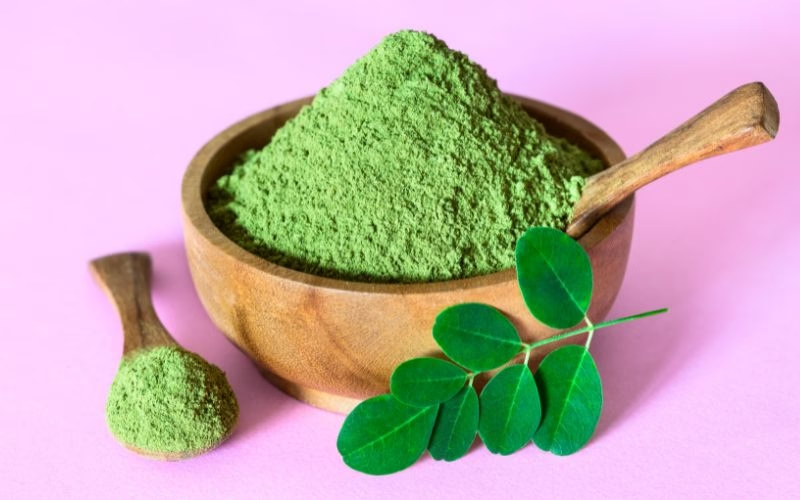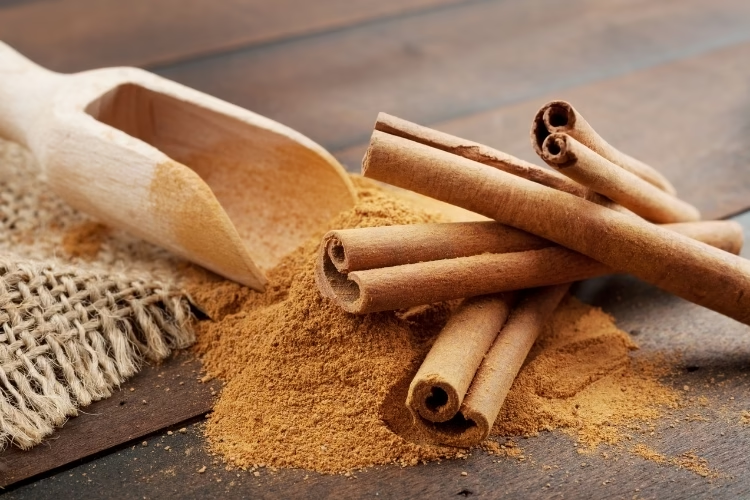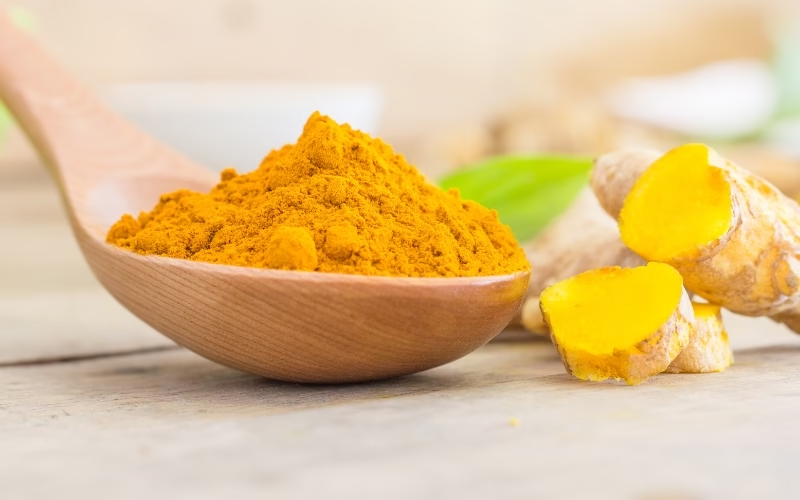If you’ve ever felt the thrill of a long ride, the rush of a climb, or the quiet focus of a morning commute, you know that cycling is more than just a sport—it’s a passion.
Cyclists log countless miles, and while the repetitive motion is fantastic for cardiovascular health, it can also place significant and consistent stress on key joints, particularly the knees. It’s a reality that many riders, from weekend warriors to seasoned professionals, eventually face.
But what if you could support your body to keep the pedals turning for years to come?
How to Extend Your Comfort on Those Long Autumn Rides
This is where the intelligent approach to joint health comes in. The secret weapon isn’t a lighter frame or a new set of wheels; it’s a proactive strategy to maintain the very foundation of your power and performance.
Just as a well-tuned bike is essential for a smooth ride, a well-cared-for body is non-negotiable for an active, pain-free life. It’s an approach to total health that starts with focusing on the building blocks of mobility.
So, let’s explore how cyclists can get ahead of the curve and take care of their joints.
Pedal Smarter, Not Harder: The Keys to Joint Longevity and Avoiding Knee Injuries
You might think you know everything already. After all, you’ve been doing this for a while. But let’s make sure to cover the most important variables under your handlebar and control.
Your Mobile Throne
One of the most critical factors for a cyclist’s joint health is a proper bike fit. A saddle that’s too high or too low, handlebars that are too far away, or a poor shoe-cleat alignment can all lead to knee, hip, and back pain over time.
Taking the time to get a professional bike fit is one of the best investments you can make to ensure your body is in the optimal position to avoid unnecessary strain. Think of it as a form of preventative care—it’s far easier to adjust a saddle now than to recover from a chronic injury later.
Check Your RPMs and Cadence
Another way to avoid cyclist’s knee is to make sure you’re in the appropriate gear and you’re turning your wheels at 90 revolutions per minute. This helps your body use your energy, stamina, and strength most effectively. Stick to this and avoid the highest gears up those steep mountainous climbs, if you can manage it.
Don’t Skip Leg Day, Bro. The Other Leg Day.
Beyond your bike, a holistic training regimen is essential. While logging miles is important, cross-training is a vital part of a cyclist’s routine. Incorporating activities like swimming, yoga, or weight training helps strengthen the supporting muscles around your joints, providing stability and reducing the burden on your knees and hips.
The Zen of a Good Elastic Bend
Don’t forget stretching, especially after a long ride, to maintain flexibility and range of motion. Tight hamstrings and hip flexors can pull on your joints and lead to discomfort.

Hello? It’s Your Body. We Need to Talk.
Just like an early-morning check of your tire pressure, a check-in with your body is a simple habit that can prevent major problems down the line.
Finally, you must learn to listen to your body. It’s easy to get caught up in the rhythm of the road, but ignoring persistent aches and pains can lead to more serious issues. The occasional post-ride soreness is one thing, but sharp or chronic pain is a signal to rest and reassess.
A Wheelie You Can Pop Daily
At Smartilage, we believe that an intelligent approach to joint health goes beyond quick fixes. It’s a commitment to supporting your body’s natural abilities from the inside out. By combining smart training habits, proper ergonomics, and a foundational supplement, you’re not just a cyclist; you’re an athlete making a long-term investment in your ability to perform and enjoy the open road for a lifetime.
The pursuit of a perfect ride begins with a strong foundation. By taking a proactive approach to caring for your joints, you can pedal into the future with confidence and keep your passion for cycling alive and thriving.
We made a product that might be perfect for you, too, which contains not only a full spectrum of natural inflammatories, but superfood ingredients and minerals to keep your energy levels rolling too.
Ready to make your long autumn rides more comfortable?














